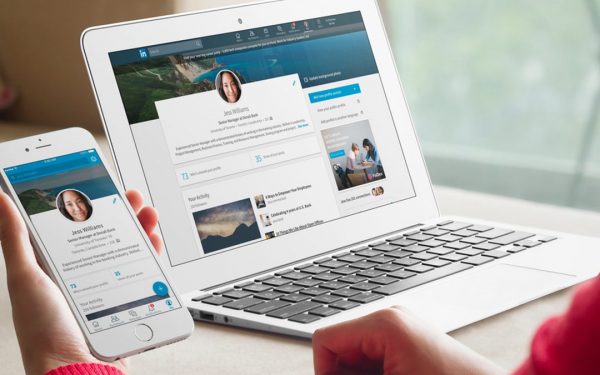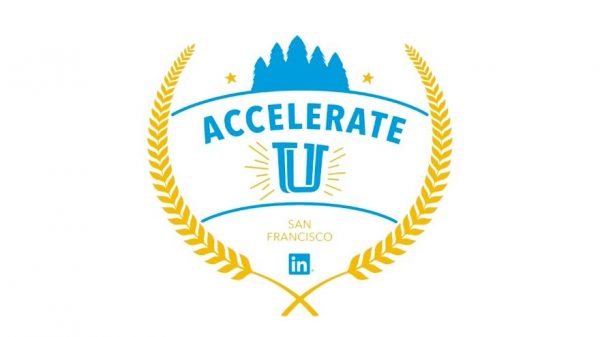For companies like LinkedIn, the relationship between candidate and customer is a delicate balance, hinged on employer branding and hiring experience.
In an ideal scenario, every employee at your organization is an avid user of your company’s product, and all teams—from sales to development—have a personal investment in its success. Few organizations can make such a claim, but working for a company as ubiquitous as LinkedIn means high probability your employees double as users. The same can be said of the thousands of candidates who apply to work for the networking platform, particularly at the collegiate level, which falls under the jurisdiction of Emily Campana, Director of Global Campus Recruiting.
Since joining in 2011, Emily has worked her way up the LinkedIn ladder, from senior recruiter to her directorial role, and gleaned an intimate look at the company’s brand, values, and social purpose along the way. To learn more about navigating the tricky balance between candidates and customers, we invited Emily to speak at our Hiring Success conference in San Francisco.
“We have a strong consumer brand because we have so many members on the platform,” says Campana. By LinkedIn’s recent count, over 575 million—nearly 55 million of whom are college students. “But, we’ve never sat down with marketing and asked ‘what’s our EVP’, or ‘how are we going to build content for that?’ What’s happened has been pretty organic.”

The rest, Campana says, is driven by LinkedIn recruiters. “We teach our recruiters the full story of how LinkedIn came to pass, the company’s values, what we are working on, how we believe we are changing the world, and then really dive into culture and values—we call it master storyteller.” LinkedIn then asks its recruiters to promote the company brand in conversations with candidates, in a way that goes beyond job descriptions.
“Our recruiters spend time with candidates to understand what their motivators are,” says Campana. “Then, we speak to those through our culture, values, organization, and design. This way our recruiters drive the overall brand with our candidates.”
And this step is important for a company whose product is widely recognized, but whose employer brand is not advertised so much. “Our candidates believe that they know a lot about our company because they are users,” explains Campana. “We have to help them understand the consumer side of our business, and we get a lot of suggestions as a result.” And while LinkedIn welcomes critique from users, customers’ understanding of the business is often one-sided.
“Many people believe that we are just a TA product,” says Campana, “but we also have a sales product, a learning product, a marketing product, as well as our broader mission about what LinkedIn does to help empower and make professionals more successful.”
For students preparing to enter the workforce, LinkedIn hosts career-focused events at campuses across the country, where participants can receive help with their profiles, take headshots, and, according to Tey Scott, former Senior Director of Global Talent Acquisition at LinkedIn, “help them land their dream job regardless of our recruiting efforts.”

These day-long development events are held in target cities like Atlanta, Boston, and San Francisco—regions with concentrated clusters of universities. By moving away from recruiting at university career fairs—a tactic that only reached about 40 universities per year—LinkedIn adopted a more scalable method that allowed the company to expand its reach to 300+ institutions.
While campus recruiting is just one facet of LinkedIn’s talent strategy, students—primarily Millennials and Gen Zers—are an important demographic for the professional network. And LinkedIn is not alone in targeting the future workforce, with an increasing number of organizations looking at how the next generation’s values and principles directly affect how companies view candidate experience, EVP, and employer branding.
Candidates can share their good or bad experiences across their social media networks, which will likely color their perceptions—as well as those in their network—as customers for LinkedIn’s products and services.
“One of the biggest pieces of our culture and values is ‘members first’,” says Campana. “And since every candidate who comes through our door is a member that’s even more important to us—their experience is not just as a candidates, but also as a LinkedIn member.”










